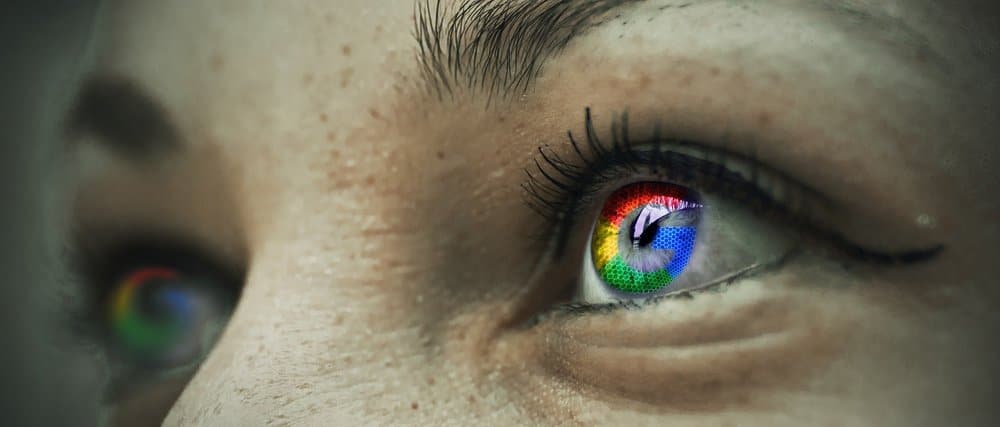For many of us, the sometimes-frustrating process of putting in a contact lens is a mundane, morning routine. But did you know that the first seeds of knowledge that informed the contact lens were found as early as the sixteenth century? Throughout the decades, the science has been perfected and advanced, giving birth to the easy-to-wear senofilcon C discs we know today.
What’s more, the technology is being finetuned with each passing day, meaning that we can expect more from our lenses and enjoy even better sight in the future.
An overview of the different types of lenses available
Depending on your level of eyesight and what you prefer to wear, there are all kinds of lenses available to suit your needs. From single day use to multifocal properties and lenses that combat astigmatism and dry eyes, there is something for everybody.
Some companies are breaking the mould with revolutionary new solutions, including smart touch technology and breathable and protective properties.
If you’re not sure which kind of lens suits you, read on to find out more.
Soft contact lenses
Made entirely from flexible plastics soft contact lenses allow oxygen to pass through to the cornea, allowing the whole eye to breathe.
Generally speaking, they are more comfortable due to their weight. Newer models include silicone hydrogels that further increase the airflow to your cornea.
Rigid gas permeable contact lenses
Rigid gas permeable contact lenses are more durable and resist deposit build-up. Due to this, they boast crisper vision and enjoy a longer lifespan than a soft contact lens.
For the clumsy ones amongst you, you’ll be glad to hear that RGPs don’t require painstaking delicacy and don’t tear as easily.
Give yourself time to get used to wearing RGPs. They are, initially, not as comfortable as wearing a soft contact lens.
Extended wear lenses
Perfect for forgetful individuals who are always rushing in the mornings, extended-wear contact lenses can be worn continuously for up to 30 days. Made from softer, flexible plastics, they allow the cornea to breathe, whilst also being one of the few RGP lenses that are approved for overnight wear.
Consult your optician before selecting extended-wear lenses. They might not suit your lens type and your optician may deem them inappropriate, especially for overnight wear.
Disposable (replacement schedule) contact lenses
The majority of contact lens users opt for the disposable model, frequently disposing of their lenses for a new set. This can be as often as every day.
Whichever model you are prescribed, make sure to give your eyes plenty of rest (preferably overnight) and clean your lenses thoroughly if you plan on reinserting them.





